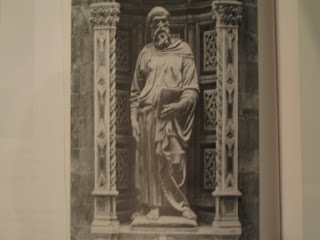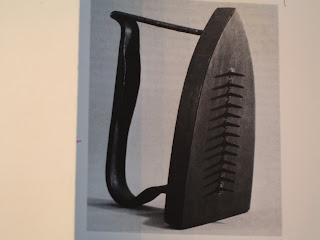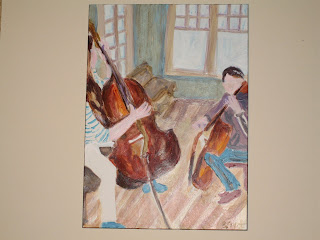
by Alfred Sisley 1878
'Sisley's thick brushstrokes convey the weight and silence of snow in the countryside, its fleeting and changeable shades of white. Sisley's was a reserved, even solitary nature, and these qualities appear in his subdued compositions, peopled by isolated figures.' (Alexandra Bonfante-Warren)
Sisley (1839-1899) was a French Impressionist painter and was known for a light hand in his shades and brush strokes. He studied in Paris and was friends with Renoir and Monet.
"The animation of the canvas is one of the hardest problems in painting... thee artist's impression is the life-giving factor, and only this impression can free that of the spectator." - Alfred Sisley letter



























